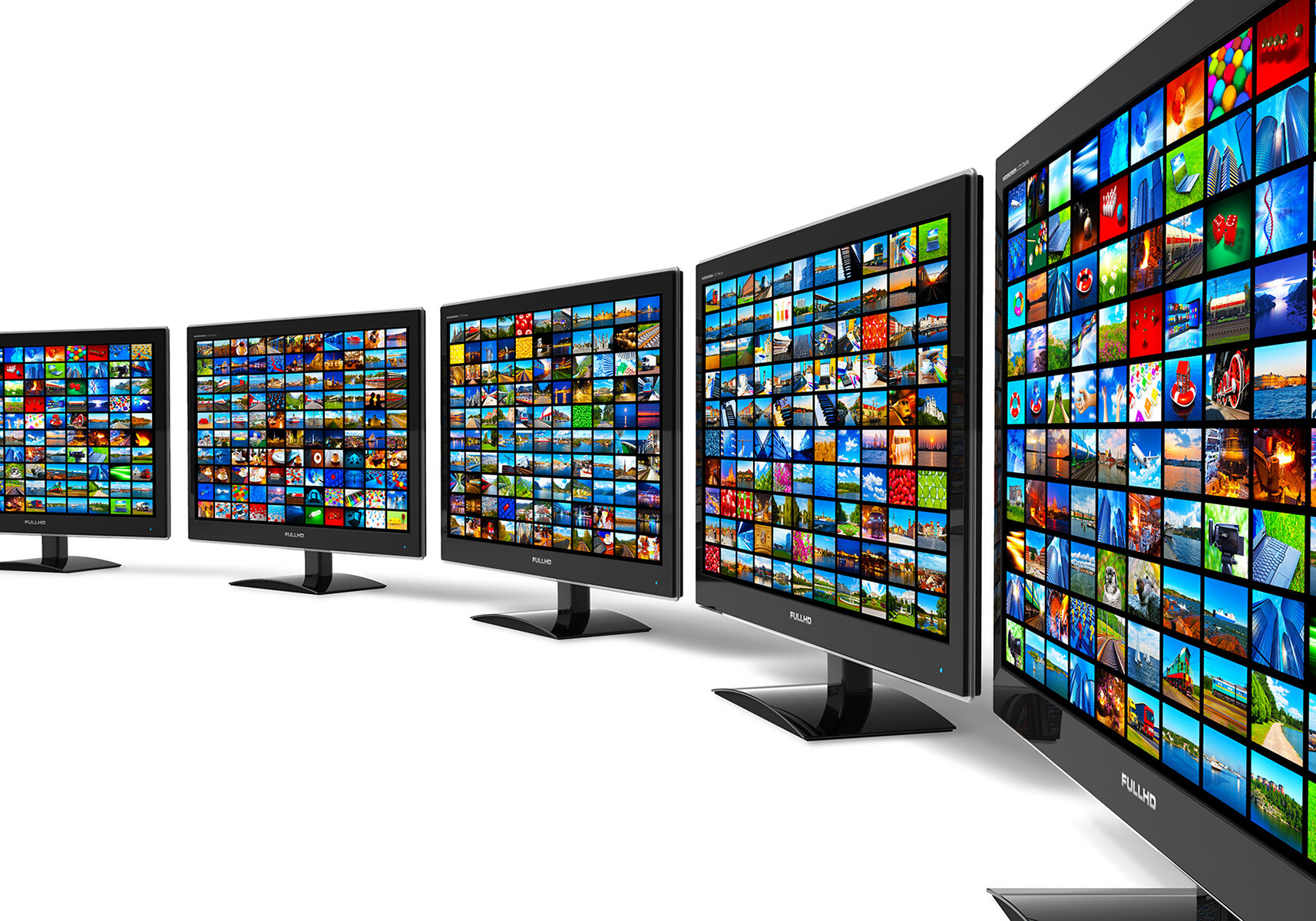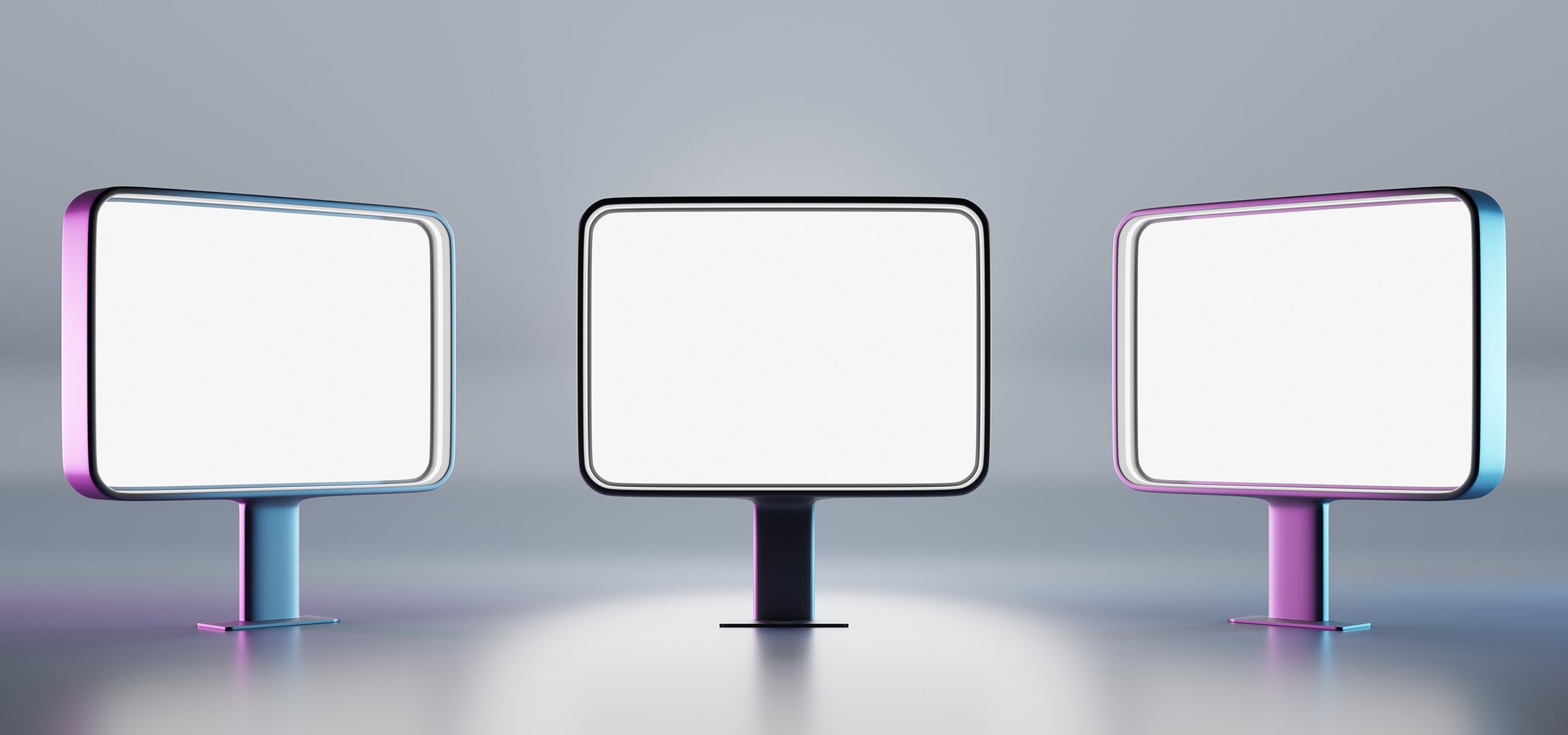Custom LCD Screens vs. Standard Displays: Why Customization Matters

Businesses across industries rely on high-performance LCDs for various applications. Whether used in medical devices, industrial equipment, or retail kiosks, the correct display enhances user experience and functionality. When choosing between custom LCD screens and standard displays, companies must consider their specific requirements. Understanding the key differences can help businesses make informed decisions.
Key Differences Between Custom LCD and Standard Displays
Selecting the appropriate display depends on factors such as performance, ruggedness, and personalization capabilities. Below are the main distinctions between standard displays and custom LCDs:
- Customization: Custom LCDs are designed to meet specific size, resolution, brightness, and durability requirements. Standard displays follow predefined specifications that may not align with unique business needs.
- Performance: Custom solutions deliver optimized performance for specific environments, ensuring superior clarity, efficiency, and longevity. Standard displays may not offer the same level of reliability in demanding applications.
- Integration: Custom LCDs are engineered to seamlessly integrate with existing hardware and software systems, whereas standard displays often require modifications for compatibility.
- Durability: Industries such as healthcare, automotive, and aerospace require ruggedized displays that standard options may not provide. Custom LCDs offer enhanced durability and a longer lifespan.
Advantages of Custom LCD Screens
For businesses that require specialized solutions, investing in custom LCDs offers several advantages:
- Tailored Specifications: Custom LCD display manufacturers allow businesses to specify features such as contrast ratio, color accuracy, anti-glare coatings, and temperature tolerance.
- Enhanced Branding: Companies can incorporate brand-specific logos, custom colors, and unique design elements to maintain brand identity.
- Optimized Power Efficiency: Custom designs enable engineers to develop energy-efficient displays suited for battery-powered applications.
- Improved Visual Experience: High-resolution screens with precise color calibration ensure clear readability and better user interaction, especially in industries requiring detailed visuals.
- Extended Product Lifecycle: Custom displays are built for long-term use, reducing the need for frequent replacements and upgrades.
Limitations of Standard Displays
While standard displays are widely available and cost-effective, they come with several limitations:
- Limited Flexibility: Standard displays have fixed specifications, restricting customization options for industry-specific applications.
- Potential Performance Issues: Generic screens may lack essential features such as high brightness, specialized coatings, or enhanced contrast needed for demanding environments.
- Compatibility Challenges: Off-the-shelf displays may not integrate seamlessly with existing systems, requiring additional modifications or external components.
- Shorter Lifespan: Standard screens may not be designed to withstand harsh conditions, leading to higher maintenance and replacement costs.
Choosing the Right Display for Your Business
The decision between custom LCD screens and standard displays depends on a company’s functional needs and long-term objectives. Businesses requiring precise solutions with enhanced durability benefit the most from customized displays. Custom LCD manufacturers work closely with companies to develop displays that align with industry requirements, improve operational efficiency, and enhance brand visibility. Investing in custom LCDs provides businesses with a competitive edge in today’s technology-driven marketplace. Contact us for more information!
Recent Blogs
-
April 03, 2025





